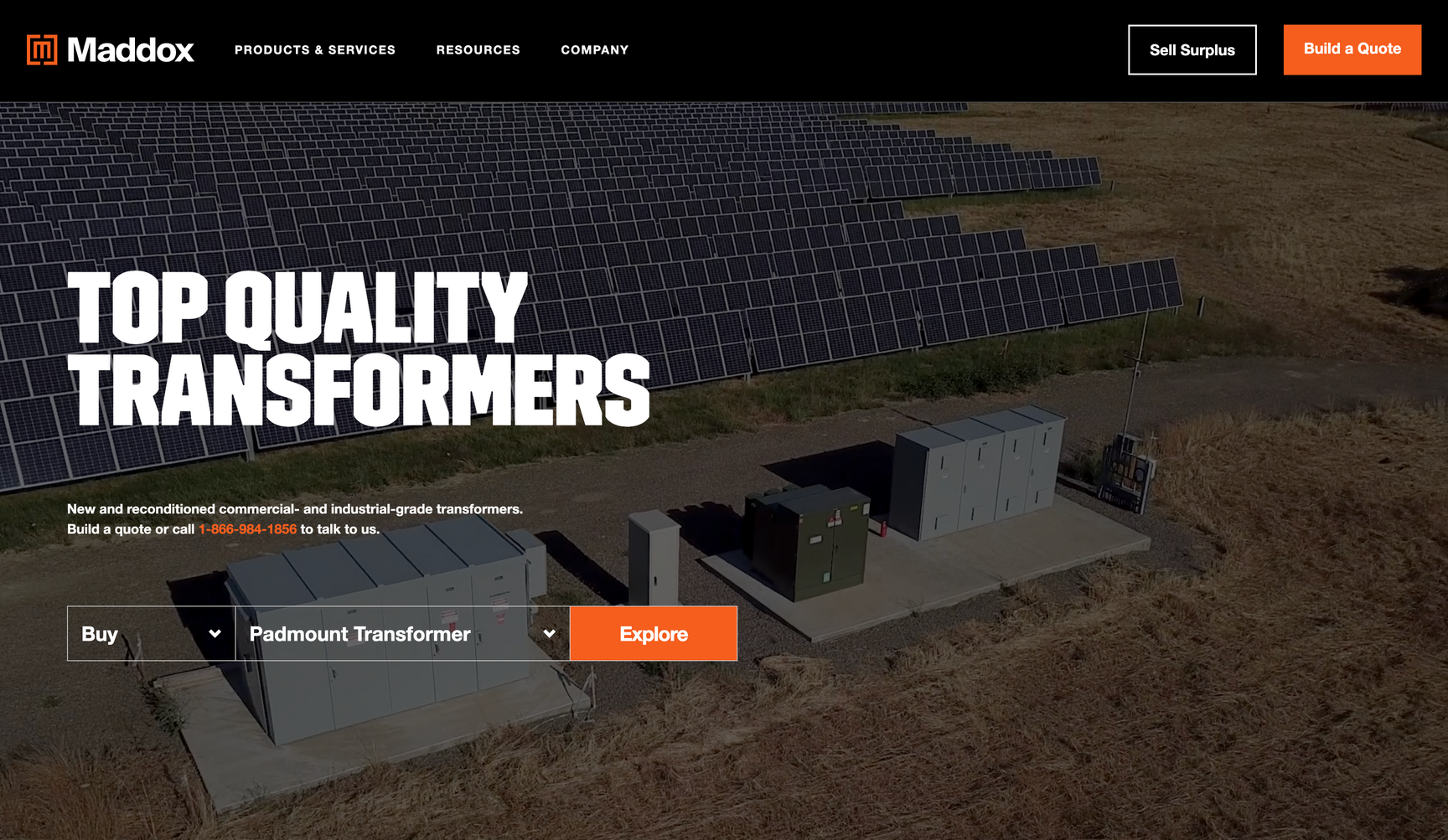HG_Phenom
Member
- Location
- Los Angeles
- Occupation
- Contractor
Stuck in a real quagmire of a situation. Hoping there is a solution that someone can think of or can shed some light on their experience and thoughts in making this work.
We have a 30-unit affordable multifamily apartment project going in Los Angeles that requires all systems to be electric. Due to significant site conditions and constraints, off-site transformation is needed from service coming from the utility company, DWP. Unfortunately, the utility company is insisting that the best they can offer through underground service from their transformer is a 240 Delta/120V 3-Phase, 4-Wire service to the project site at a maximum of 1000 Amp (initially they only would allow a max of 800 Amps). Their max threshold for providing off-site transformation is at 288 kVA with 240 Delta service and after that, it would be 208Y service but will require on-site transformation and installation by them with extremely onerous requirements that cannot be met in our case.
On the house/common area side, there is only a 15HP elevator, 2 small 6 Amp sump pumps, and general corridor lighting and ventilation, in TOTAL about 30kW demand.
The remaining units' demand load, when applying NEC 220.84 optional demand factor, is a TOTAL of about 250 kW. (Note, with the 240 Delta service they are providing, this load calc becomes based on single-phase instead of three-phase we could use with the 208Y service).
Is there any way for us to set up a system (Buck, step down, inverter, transformer???) to convert and get from the utility transformed and provided 240V Delta 3-Phase, 4-Wire service to a 208Y 3-Phase, 4-Wire service on our site so that we can provide the entire building demand (units and house area) 208Y 3-Phase service altogether in order to achieve the efficiencies of the true Y and 3-phase service transformation (being able to utilize the 3-phase efficiency at 1.732) across the entire load demand so that it could significantly drive down our entire building load to meet the 1,000 Amp limitation on the 240 Delta service they are providing?
We have a 30-unit affordable multifamily apartment project going in Los Angeles that requires all systems to be electric. Due to significant site conditions and constraints, off-site transformation is needed from service coming from the utility company, DWP. Unfortunately, the utility company is insisting that the best they can offer through underground service from their transformer is a 240 Delta/120V 3-Phase, 4-Wire service to the project site at a maximum of 1000 Amp (initially they only would allow a max of 800 Amps). Their max threshold for providing off-site transformation is at 288 kVA with 240 Delta service and after that, it would be 208Y service but will require on-site transformation and installation by them with extremely onerous requirements that cannot be met in our case.
On the house/common area side, there is only a 15HP elevator, 2 small 6 Amp sump pumps, and general corridor lighting and ventilation, in TOTAL about 30kW demand.
The remaining units' demand load, when applying NEC 220.84 optional demand factor, is a TOTAL of about 250 kW. (Note, with the 240 Delta service they are providing, this load calc becomes based on single-phase instead of three-phase we could use with the 208Y service).
Is there any way for us to set up a system (Buck, step down, inverter, transformer???) to convert and get from the utility transformed and provided 240V Delta 3-Phase, 4-Wire service to a 208Y 3-Phase, 4-Wire service on our site so that we can provide the entire building demand (units and house area) 208Y 3-Phase service altogether in order to achieve the efficiencies of the true Y and 3-phase service transformation (being able to utilize the 3-phase efficiency at 1.732) across the entire load demand so that it could significantly drive down our entire building load to meet the 1,000 Amp limitation on the 240 Delta service they are providing?


